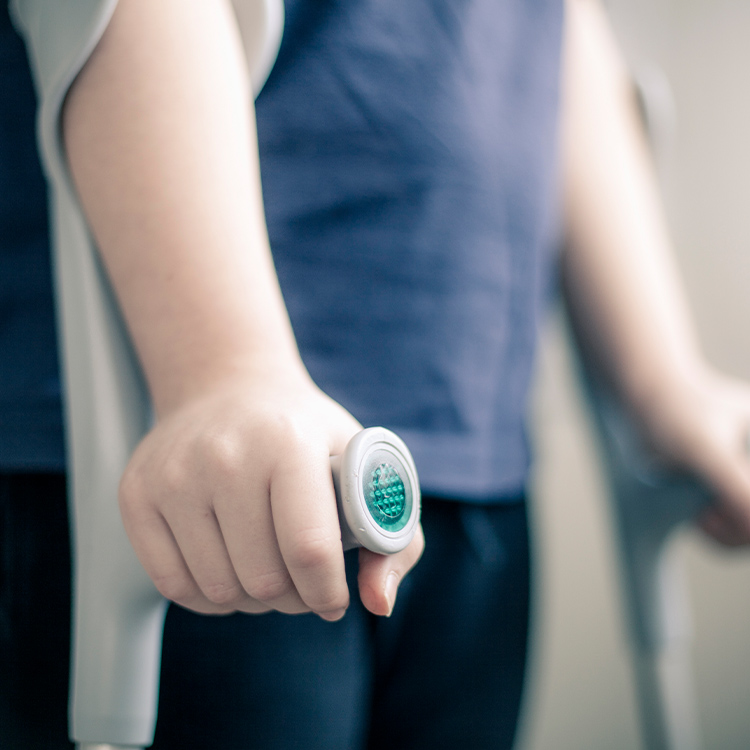COMMON CONDITIONS WE TREAT
SCOLIOSIS PAIN DOCTORS
Treatments/Services for Scoliosis & Pain Related to Curvature of the Spine
When scoliosis symptoms develop, diagnostic tests such as EOS imaging, x-rays, MRIs, and CT scans can be used to confirm the diagnosis.
Idiopathic Scoliosis Symptoms:
- uneven shoulders
- rib hump
- leaning torso
Early Onset Scoliosis Symptoms:
(under the age of 10)
- uneven shoulders
- asymmetric contour of the waist
- uneven hips
- tilted head
- overall body leaning
Congenital Scoliosis Symptoms:
- tilting of the shoulders
- uneven waistline
- ribs appear to be on one side
- head tilt
- overall body leaning
Degenerative Scoliosis Symptoms:
- muscle fatigue
- lower back pain
- stiffness
- leg numbness or weakness
- poor posture
- loss of balance
- Neuromuscular Scoliosis
Symptoms:
- change in posture
- leaning forward
- leaning to one side while standing or sitting
- myelodysplasia
- cerebral palsy
- muscular dystrophy
- spinal muscular atrophy

Our expert team of award-winning scoliosis pain relief doctors with backgrounds in orthopedics, neurosurgery, pain care, and rehabilitation will create a long term treatment plan individualized to you, your unique pain and your goals. We conquer pain without surgical interventions in most cases using cutting edge pain relief techniques for scoliosis pain care (some of which are completely new to pain care and only offered by our doctors). Many of our scoliosis pain patients have already undergone spinal fusions to treat their scoliosis. We offer postoperative pain care for those who have undergone scoliosis surgery.
We believe that no one should have to live a life of pain, especially those who develop or are born with scoliosis. Many of our patients have expressed their gratitude because our chronic pain doctors are able to treat the pain with as little as a spinal injection or spinal cord stimulation therapy. Our goal is to target the source of your individual pain with the most advanced pinpointed pain treatment for your condition. Not everyone’s scoliosis pain is the same. Our doctors and nurses spend a great deal of time with our patients, listening to symptoms and then we construct a detailed pain relief treatment plan. We will determine if your pain is coming from one or more sources, something that other doctors might not even consider when treating your symptoms.
For some patients, non-surgical pain relief techniques might not be the best treatment plan for them. When your pain calls for surgery, our neurosurgeons may suggest minimally invasive and advanced surgical approaches such as the mild® treatment (minimally invasive lumbar decompression) or DRG Neurostimulation (dorsal root ganglion neurostimulation).
Patients suffering from acute back pain may be prescribed pain relief from in-office epidural steroid injections, soft tissue injections, or trigger point injections. Often anti-inflammatories are prescribed in conjunction with other acute pain treatments and the condition resolves. In other patients, acute pain is a precursor to a life of chronic pain, so it is important to determine the cause of pain and administer the correct pain relief procedure for lasting relief of chronic pain.

